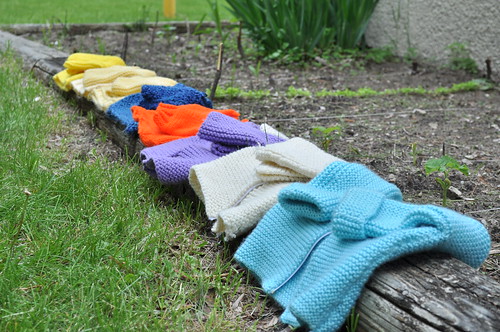
Barack Obama delivered this year’s State of the Union address this week
Lynn Sillipigni Connaway, Timothy J. Dickey, Marie L. Radford. “If it is too inconvenient I’m not going after it:” Convenience as a critical factor in information-seeking behaviors. Library & Information Science Research, Volume 33, Issue 3, July 2011, Pages 179–190http://dx.doi.org/10.1016/j.lisr.2010.12.002. It’s what I think most teachers and librarians suspect: If information is not convenient to access and consume, it is ignored. From the abstract: “…convenience is a factor for making choices in a variety of situations, including both academic information seeking and everyday-life information seeking, although it plays different roles in different situations… This holds true across all demographic categories,” not just students and “millenials.” [paywall]
“What Drives Success?” Amy Chua and Jed Rubenfeld, from New York Times. In the same way that her publisher generated publicity for her most successful book, Battle Hymn of the Tiger Mother, Amy and her husband have published an essay that illustrates the basic points of their upcoming and predictably controversial new book. “It turns out that for all their diversity, the strikingly successful groups in America today share three traits that, together, propel success. The first is a superiority complex — a deep-seated belief in their exceptionality. The second appears to be the opposite — insecurity, a feeling that you or what you’ve done is not good enough. The third is impulse control.” I’m excited to read this book, despite the fact that this essay and much of Battle Hymn read as lectures by a woman desperate for approval and validation and who knows she’s right and can’t stand that others don’t understand her.
“Confessions of a Tiger Couple” from the New York Times. Jennifer Szalai spent a few days with Chua and Rubenfeld and wrote a brief article about their dynamic as a couple. The article restates some of their past as it was explained in “Battle Hymn” but is an interesting read. ““The Triple Package” conveys a message familiar from self-help books: Adopt these values and you too can take control of your life. But you have only to step outside of Yale’s campus to see that the world doesn’t operate according to the same principles of effort and reward. For most Americans, especially now, striving and insecurity are likely to be rewarded with more striving and insecurity; you can do everything right and still have little to show for it. Kicking away that ladder will sound like a fantasy when you’re clinging to it for dear life.”
{DISCUSS: I’m interested to hear some feedback and analysis of the first two combined: People are more likely to abandon information searches if the search gets difficult, and Chua two most recent books argue that this would be a lack of discipline and follow-through that is contributing to the downfall of individuals, cultural groups, and countries. What’s the more complex or useful and productive analysis of this?}
“2014 State of the Union Address” by Barack Obama, posted from http://www.WhiteHouse.gov. “Here are the results of your efforts: The lowest unemployment rate in over five years. A rebounding housing market. A manufacturing sector that’s adding jobs for the first time since the 1990s. More oil produced at home than we buy from the rest of the world – the first time that’s happened in nearly twenty years. Our deficits – cut by more than half. And for the first time in over a decade, business leaders around the world have declared that China is no longer the world’s number one place to invest; America is.”



